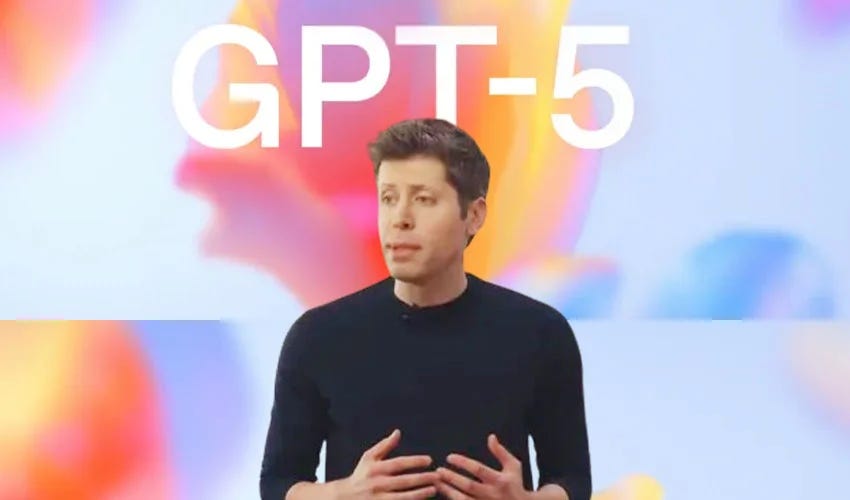Is GPT-5 Really That Bad? My Hands-On Test
GPT-5 hands-on review: Benchmark scores, pricing, and real-world testing. Does it live up to the hype? See the pros and cons here!
"AI Disruption" Publication 7300 Subscriptions 20% Discount Offer Link.
Did you all see it?
The long-awaited GPT-5, which we've been waiting for years, was finally released today.
We watched with anticipation, and the nervousness of several core OpenAI staff members during the livestream was clearly visible.
During the broadcast, Altman posted more than a dozen tweets introducing the highlights of GPT-5.
Since there were many information points, we'll introduce them one by one based on Altman's Twitter content.
First, this is an integrated model. This means that when you use it, you don't need to switch between different models - it will decide for itself when it needs to think deeply.
Although Altman emphasized that benchmarks aren't important, they still showed quite a few benchmark results, such as in mathematics, programming, visual perception, and health fields. The specific scores are as follows:
Mathematics: Achieved 94.6% on the 2025 AIME test without tool assistance
Real-world programming applications: Reached 74.9% on SWE-bench Verified and 88% on Aider Polyglot
Multimodal understanding: Achieved 84.2% on MMMU
Health domain: Reached 46.2% on HealthBench Hard
Through GPT-5 pro's extended reasoning capabilities, the model also set a new SOTA on the GPQA test, scoring 88.4% without tool assistance.
Regarding pricing, GPT-5 is divided into free, Plus, and Pro plans. According to Altman, even the free version can access "PhD-level intelligence" (standard GPT-5 with reasoning functionality), Plus users have fewer usage limitations, while Pro users can access GPT-5 Pro.
For developers, the API pricing for GPT-5's three versions is as follows: standard GPT-5 costs $1.25 per million input tokens and $10 per million output tokens, while GPT-5 mini and Nano versions will be cheaper.


